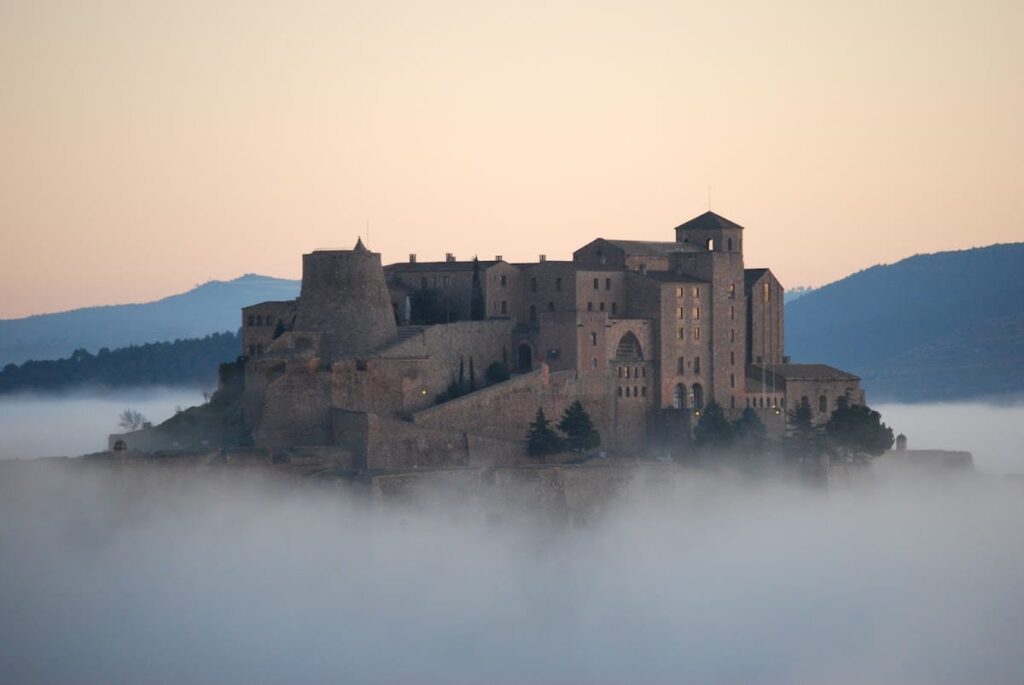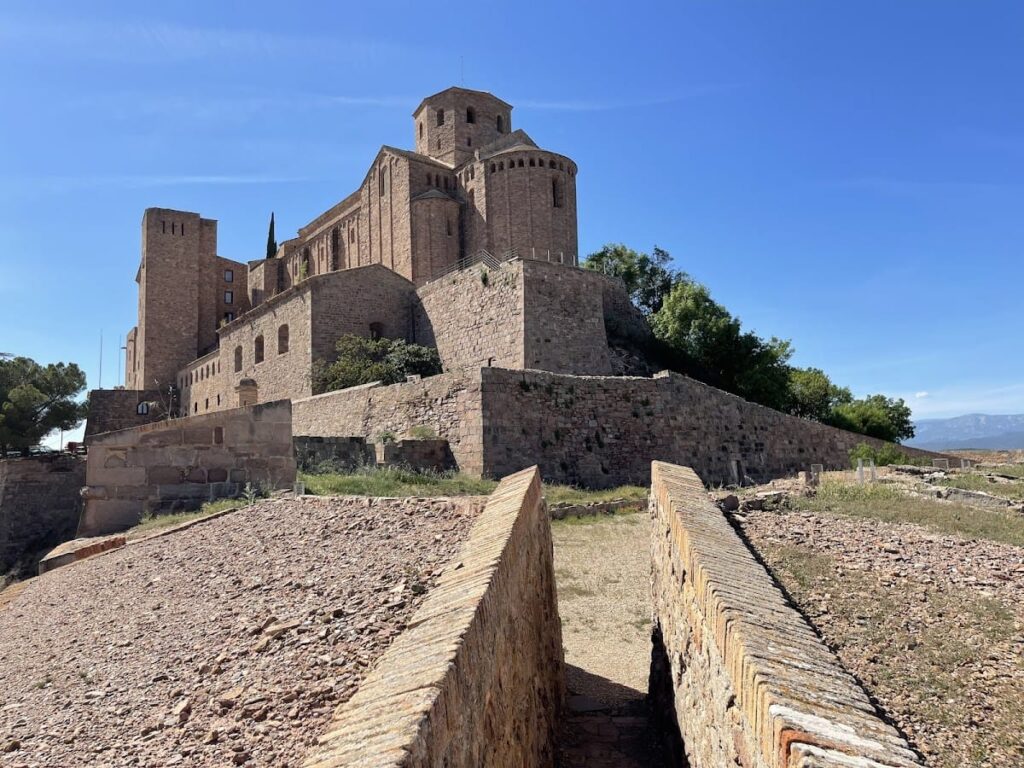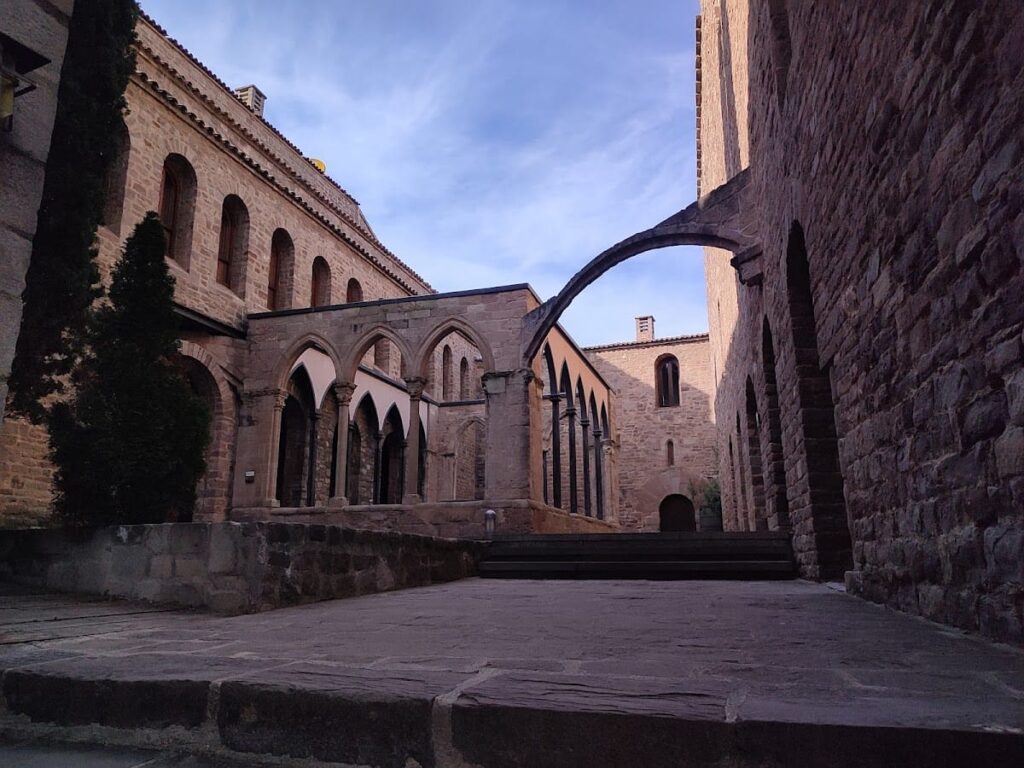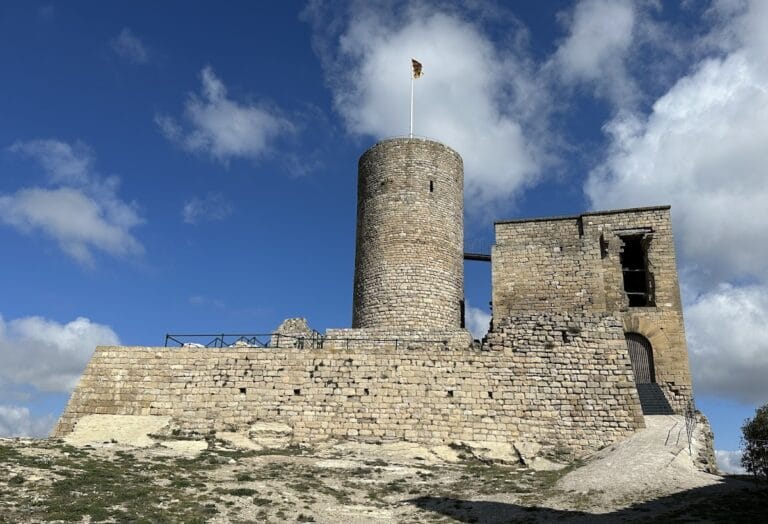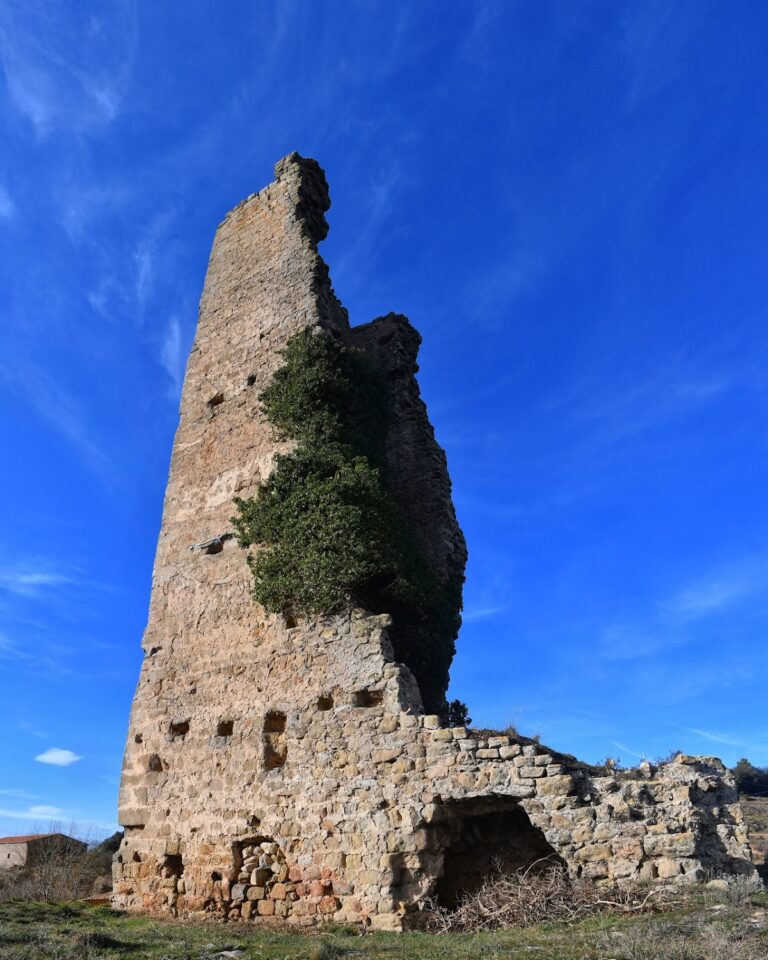Castle of Cardona: A Historic Fortress in Catalonia, Spain
Visitor Information
Google Rating: 4.6
Popularity: Medium
Google Maps: View on Google Maps
Official Website: gen.cat
Country: Spain
Civilization: Medieval European
Remains: Military
History
The Castle of Cardona is located in Cardona, Barcelona, Spain, perched on a hill overlooking the Cardener valley and nearby salt mines. Its origins trace back to the early medieval period during the Carolingian era in the 8th century. Initially, the fortress was destroyed by Saracen raids but was restored in 798 by Louis the Pious. This restoration aimed to strengthen defenses in preparation for the reconquest of Barcelona. The castle was definitively reestablished between 872 and 886 during the repopulation efforts led by Wilfred the Hairy (Guifré el Pilós), who granted one of the earliest known settlement charters to the inhabitants, marking the castle as a center of local governance and community.
From the late 10th century onward, the viscounts of Osona made the castle their residence. Folc I, around 1040, adopted the Cardona name and founded the barony, establishing the castle as the seat of the Cardona lineage. This noble family played important roles in the politics of Catalonia and Aragon throughout the Middle Ages. They participated in military campaigns and noble revolts, and their status rose over time, culminating in their elevation to dukes in 1491. The castle thus served as both a noble residence and a political stronghold.
During the War of Spanish Succession (1701–1714), the Castle of Cardona became a critical military fortress. In 1711, it withstood a lengthy siege by Bourbon forces. The castle held out until September 1714, surrendering only after the fall of Barcelona. It was the last fortress in Catalonia to capitulate, symbolizing the region’s resistance during the conflict. This period marked the castle’s final major military engagement.
In the 19th century, the castle was repurposed as a military barracks. Modifications included adapting the church within the complex to house soldiers. This military use continued until the early 20th century when the military command was dissolved, leading to the castle’s abandonment. Later, in 1949, the castle was declared a national monument, initiating efforts to preserve its historical significance.
Restoration began in 1976, transforming the castle into a parador, a state-run hotel. Since 2010, it has functioned as Catalonia’s first parador-museum under the Historical Museum of Catalonia. Further rehabilitation in 2014 included musealization and structural improvements, ensuring the preservation of its historical fabric while adapting it for cultural and educational purposes.
Remains
The Castle of Cardona is a medieval fortress built atop a hill at an elevation between 585 and 600 meters. Its strategic position overlooks the Cardener valley and the nearby salt mines, situated on a river meander. The fortress complex reflects architectural adaptations from the medieval period through the 19th century, incorporating various defensive structures such as bastions, artillery batteries, and casemates.
One of the most notable features is the Torre de la Minyona, a truncated tower dating from the 11th century. Originally nearly 20 meters tall with a base diameter exceeding 10 meters, it was reduced to 13 meters in height during the Peninsular War in 1812. This tower served multiple purposes over time, including as a watchtower, powder magazine, and prison. Its robust construction and prominent location made it a key element of the castle’s defenses.
The Romanesque church of Sant Vicenç, constructed between 1029 and 1040 under Viscount Bermon I, remains well preserved within the castle complex. The church’s portico once displayed murals, which have since been moved to the National Art Museum of Catalonia for preservation. The church also contains one of the fortress’s three surviving powder magazines, highlighting its dual religious and military functions.
The castle’s fortifications evolved significantly from the late 17th century onward. In 1682, engineer Ambrosio Borsano designed the first ring of bastions around the ducal castle. During the War of Spanish Succession, additional bastions and artillery batteries were added, including the reconstruction of the Sant Llorenç bastion and the establishment of the main powder magazine near the church. These enhancements reflect the adaptation of the fortress to the era’s evolving military technology.
A prominent defensive structure is the casamata, a heavily fortified artillery emplacement built during the Peninsular War in 1812. It consists of two levels: a covered bunker with five cannon openings and an upper exterior level featuring four loopholes for firing. The casamata functioned as an arms and ammunition depot supplying surrounding batteries and is considered one of the strongest defensive points within the complex.
Within the fortress, three powder magazines survive: those located in the casamata, the church of Sant Vicenç, and the Sant Carles bastion. These magazines stored gunpowder and munitions essential for the castle’s defense during sieges and military operations.
The Chapel of Sant Ramon Nonat, founded in 1681 on the site where the saint died in 1240, is part of the castle complex. It contains a silver lamp and a retable (an ornamental altarpiece) created by sculptor Pau Sunyer and gilded by silversmith Magí Torrabruna. The retable underwent restoration in 2021, preserving its artistic and religious significance.
Today, the castle integrates its historic structures with modern functions, including a parador hotel offering 106 rooms. The fortress’s layout and fortifications demonstrate continuous adaptation to changing military needs from medieval times through the 19th century, with significant reinforcements during the Peninsular War. Restoration efforts have preserved these features, maintaining the castle’s historical integrity.
